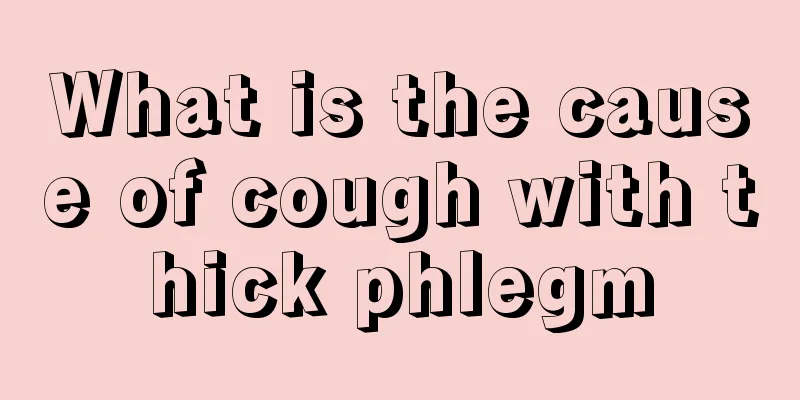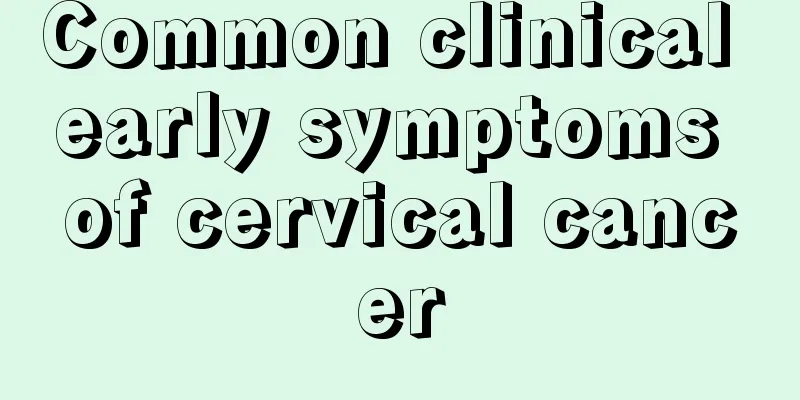What is the cause of cough with thick phlegm

|
If there is a lot of sputum and it is thick, and the cough is obvious, then you should pay attention to whether it is caused by respiratory tract infection. Common viral, bacterial, mycoplasma and other bacterial infections can cause these symptoms, so the most important thing is to prevent infection and treat it correctly. 1. The glands and goblet cells on the surface of normal respiratory mucosa secrete only a small amount of mucosa to keep the respiratory tract moist. There is a layer of cilia on its mucosal cells, which will automatically swing towards the throat, which is equivalent to many cleaners, working tirelessly to "sweep" secretions deep in the respiratory tract, inhaled dust and other foreign matter to the throat to facilitate coughing out and keep the trachea and bronchi clean. 2. When the pharynx, larynx, trachea, bronchi or lungs become congested in the mucosa or alveoli, capillary permeability increases and glandular secretion increases due to various reasons, the exudate is mixed with mucus, serous fluid, inhaled dust and certain products of tissue destruction to form sputum. Therefore, during respiratory tract infection, pathogens such as viruses, bacteria, mycoplasma, and rickettsia can be detected in sputum. 3. Coughing without sputum or with very little sputum is called a dry cough, which is seen in acute respiratory inflammation, such as acute pharyngitis, early acute bronchitis, pleurisy, mild pulmonary tuberculosis, etc. 4. Coughing with sputum is called wet cough, which is seen in chronic bronchitis, pneumonia, bronchiectasis, lung abscess and cavitary tuberculosis. 5. The increase or decrease in the amount of sputum reflects the aggravation of infection or the relief of inflammation. If the amount of sputum suddenly decreases and the body temperature rises, it may be related to poor bronchial drainage. 6. When children cough, they are likely to swallow the phlegm directly, and sometimes parents do not know whether their children have phlegm. Let me tell you a little trick: you can judge whether a child has phlegm by listening to the sound of his cough. A dry cough will not produce any phlegm sound, while a wet cough will be accompanied by an obvious phlegm sound. |
<<: How to deal with coughing up blood from the lungs
>>: What is the difference between licorice and moxibustion licorice
Recommend
Why do doctors recommend the bivalent vaccine
Doctors recommend the bivalent vaccine to prevent...
The efficacy and dosage of Eucommia ulmoides antihypertensive tea
Eucommia ulmoides itself is a very effective and ...
Introduction to three effective melanoma treatments
There are three clinically effective treatments f...
How to treat high myopia and amblyopia?
High myopia, coupled with amblyopia, can be said ...
Can push-ups help you lose weight and what should you pay attention to?
Many people are very good at push-ups and can do ...
Is nasal bleeding a symptom of nasopharyngeal carcinoma recurrence?
Nasopharyngeal cancer is highly harmful, so many ...
The personality of people who like darkness
Everyone has a different personality and likes di...
Are there any signs of closure of the epiphyseal line
Many people are very concerned about the closure ...
What are the common causes of high prostate antigen? How long does it take for high prostate antigen to recover?
Prostate antigen, abbreviated as pSA, is a relati...
How effective is targeted therapy for advanced liver cancer
Targeted therapy is currently a very important tr...
How to prolong the freshness of roses
Flowers used to decorate a room are the most hear...
The most prominent symptom of chronic bronchitis is
When suffering from respiratory diseases, you nee...
What are the wonderful uses of Laozao
Laozao is rich in nutrients. It is made from ferm...
How to test the acidity and alkalinity of water
In life, water is a substance we use frequently. ...
Why does the flesh turn white after being scalded?
In our daily lives, we come into contact with var...









